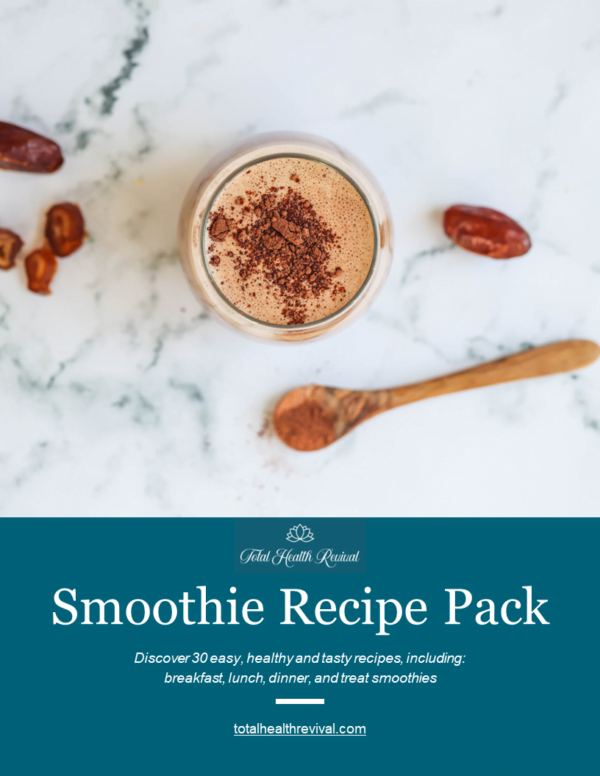If you’ve ever felt like your body isn’t responding to workouts or nutrition the way it used to, you’re not imagining it. Hormones play a huge role in how your body stores fat, builds muscle, and uses energy—especially as you move through your 30s, 40s, and beyond.
The truth? Most traditional fat loss advice ignores female physiology. It’s built on outdated, one-size-fits-all strategies that leave women feeling frustrated, burnt out, or stuck in cycles of over-restriction and rebound.
This blog is here to change that.
In this article, we’ll unpack hormone-friendly fat loss tips designed specifically for women—without crash diets, toxic “quick fixes”, or shaming language. You’ll learn how to support your metabolism, balance key hormones like insulin and cortisol, and shift toward a more empowered, sustainable approach to body composition.
Because fat loss should never come at the cost of your health, your energy, or your sanity.
Let’s dive into science-backed strategies that actually work with your body, not against it.
1. Start with Blood Sugar Balance — Every Meal, Every Day
Balanced blood sugar = balanced hormones. Spikes and crashes in glucose can trigger insulin resistance, fat storage (especially around the midsection), and cravings that make it harder to stay consistent.
Hormone-friendly tip:
Build meals around the “PFF” formula — Protein, Fat, and Fibre-rich carbs. This slows digestion, keeps you fuller for longer, and minimises hormonal swings.
Example:
- Grilled chicken + quinoa + roasted veg + avocado
- Greek yoghurt + berries + chia seeds + cinnamon

2. Lift Weights, Don’t Just Chase Sweat
Cardio has its place—but strength training is where the hormone magic happens. Lifting helps increase lean muscle mass, which improves insulin sensitivity, supports metabolism, and balances oestrogen levels, especially during peri- and postmenopause.
Hormone-friendly tip:
Aim for 2–4 strength sessions a week focusing on compound lifts (think squats, deadlifts, presses). Prioritise progressive overload over time.
And no—you won’t get bulky. You’ll get stronger, more resilient, and support your body’s fat-burning potential long-term.
3. Prioritise Sleep Like It’s a Fat Loss Tool (Because It Is)
Poor sleep throws off hormones like leptin (which helps you feel full), ghrelin (which makes you feel hungry), and cortisol (which impacts belly fat). One rough night can disrupt your blood sugar and cravings the next day.
Hormone-friendly tip:
- Keep a consistent sleep-wake schedule (even on weekends).
- Ditch screens at least 60 minutes before bed.
- Support melatonin naturally with magnesium-rich foods (like almonds, pumpkin seeds, leafy greens).
If you’re training hard but not sleeping well, fat loss will always feel like an uphill battle.
4. Support Recovery & Nervous System Regulation
Stress = elevated cortisol = more fat storage (especially abdominal). And it’s not just emotional stress—overtraining, under-eating, and too much hustle can send your body into a stress spiral.
Hormone-friendly tip:
- Schedule rest days just like workouts.
- Try walking, gentle yoga, or breathwork as part of your weekly rhythm.
- Nourish instead of punish.
Regulating your nervous system supports fat loss by telling your body it’s safe to let go.
5. Ditch the Diet Mentality (and Fuel Like a Woman)
Women’s bodies were never meant to thrive on 1,200 calories a day. Chronic dieting can suppress thyroid function, disrupt reproductive hormones, and slow metabolism.
Hormone-friendly tip:
- Eat enough to fuel your training and daily energy.
- Focus on nutrient density over calorie obsession.
- Trust your body’s biofeedback—hunger, mood, energy, cycles.
Fat loss is a byproduct of health, not the other way around.
6. Track Biofeedback, Not Just the Scales
The scales don’t tell the whole story. Hormonal fat loss progress often shows up first in non-scale victories—better sleep, fewer cravings, improved strength, mood stability, or less bloating.
Hormone-friendly tip:
Track metrics like:
- Energy levels throughout the day
- Cravings and mood shifts
- Sleep quality
- Strength or endurance improvements
- Menstrual cycle patterns
These data points give you better insight than any number ever could.
Final Thoughts: Fat Loss with Your Hormones, Not Against Them
Your body is not broken—it’s intelligent. If fat loss feels impossible, it’s likely your body is trying to tell you something.
Instead of fighting your biology, try partnering with it. These hormone-friendly strategies support not just sustainable fat loss, but long-term vitality, confidence, and ease.








